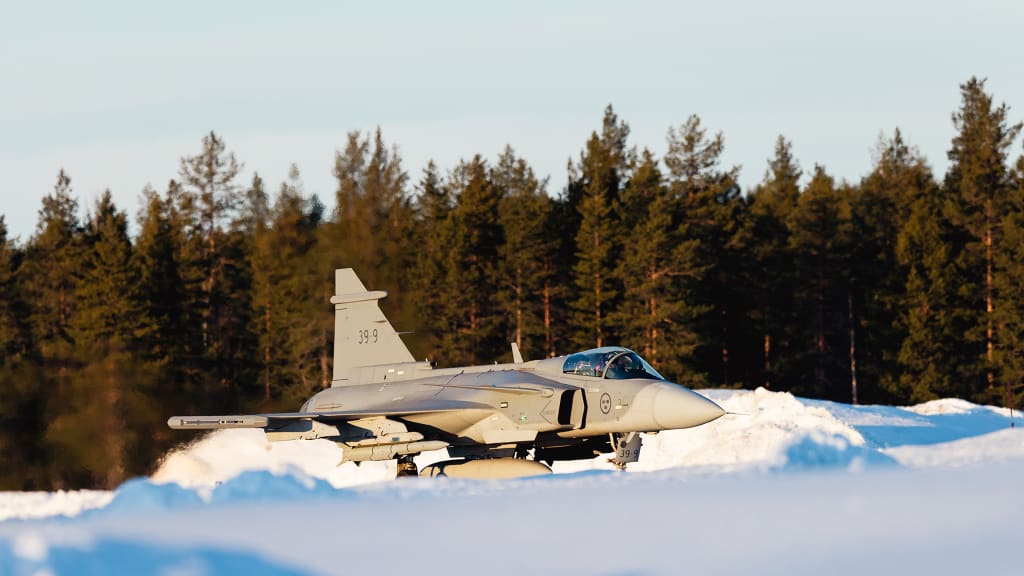SOURCE: AFI

India’s vast landscape presents a challenging environment for its air force. From the scorching deserts of Rajasthan to the frigid heights of Leh, fighter jets need to be versatile and handle extreme weather conditions, especially at the borders. Let’s delve into how the Gripen E tackles these challenges.
Cold weather throws a wrench into the smooth operation of any aircraft. Hundreds of complex systems work together, and sub-zero temperatures can make things worse. Ice accumulation on the exterior and finicky sensors are just a few hurdles to overcome.
Saab, the manufacturer of the Gripen E, has put the aircraft through its paces in the “World Wide Climate” campaign. These rigorous tests showcase the Gripen E’s ability to perform flawlessly in harsh conditions. Everything from startup procedures and safety checks to sensor function at extreme temperatures is meticulously evaluated. Even the hydraulic and valve systems are assessed for their operational speed under varying temperatures.
“Unlike many modern jets that struggle with cold starts and high altitudes,” says Kent-Åke Molin, a Saab Sales Director, “the Gripen E tackles these challenges with ease. Its design is inherently suited for Arctic conditions, and it can handle takeoffs, landings, braking, and even maintenance procedures during icy winters without breaking a sweat.”
But cold isn’t the only enemy. Excessive heat can also significantly impact an aircraft’s safety and efficiency. From batteries and capacitors to power semiconductors and generators, many crucial components are heat-sensitive and require thermal management solutions.